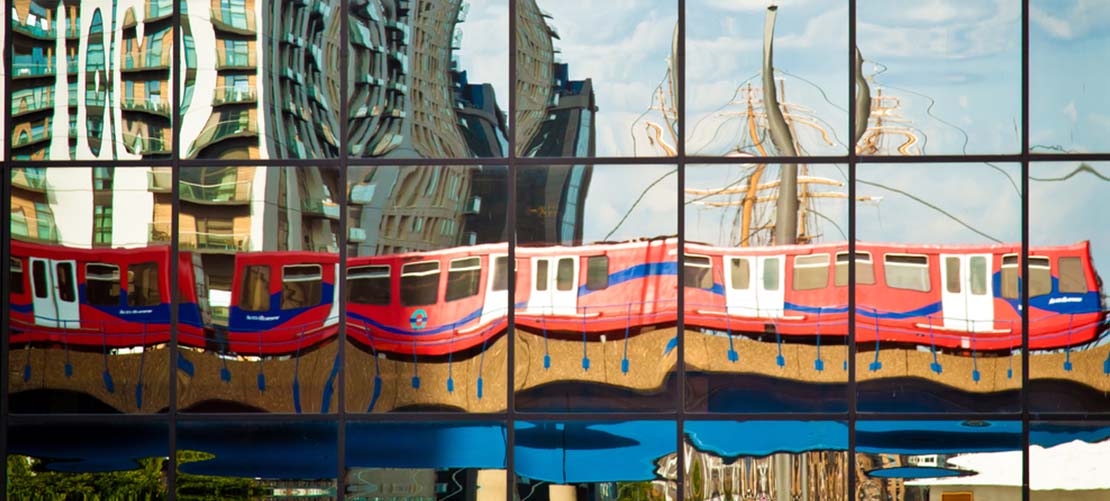Rob Brighouse dinner – East West Railway: 10 Key points

On Wednesday 21 June 2017, Stephenson Harwood and Atkins hosted a top table dinner with Rob Brighouse, the Chairman of the East West Railway company. Rob is leading the organisation charged with further developing the East West Rail route – intended to be the first vertically integrated railway in the UK since privatisation. If you attended the dinner, thank you for your contribution.
The following are our notes of the top 10 key points arising from the discussions.
- Delivery within budget: it is key that the EWR project is delivered within budget. If this means resizing the project then this must be done. We need to be careful not to see scope creep or add in functionality which is not required which can just increase the time and cost of the project. EWR wants to be a company that is a pleasure to work with and would like to learn from the industry what that looks like.
- Efficient supply chain: there is a concern that the supply chain has become less efficient – expecting change and variations to bolster profit. The supply chain need to demonstrate how they can deliver projects efficiently to make this work – there is no longer an open cheque book or unlimited credit card from Network Rail. This may be achieved by EWR providing an output specification to the supply chain so that they can work out how best (and most efficiently) to deliver the project. There is a need to change culture the within Network Rail and also with others in the industry - we cannot accept the position of "it costs what it costs and takes as long as it takes".
- Releasing value to pay for the scheme: vital to the success of the railway is the ability to realise value that is generated by the railway. Whilst accepting that the railway will in part need to be paid for by fares and the tax payer, it is important for any scheme to seek to capture gains made by developers/land uplift on and around the new railway. The "development corporation" model was discussed; however, it was acknowledged that with a number of different stakeholders/local authority areas this may be difficult to achieve. Stakeholders should only get a "place at the table" if they commit to contributing.
- Don't reinvent the wheel: when looking at ways to structure and finance any railway project, it is important that we don't try to come up with a completely new structure. There are tried and tested regimes in the infrastructure and rail industries and these should be reviewed and adapted for this scheme. This will make it easier to get off the ground and finance. The Olympics was mentioned as a model which should be explored.
- Deliver the whole of the project at the same time: to get the most benefit, it was felt that the whole of the project should be delivered at once rather than in stages. This ensures proper integration of systems. However, the example of DLR was also quoted where infrastructure was built at different times and with different asset owners and that could also work, provided that there is one body that has the systems integrator role.
- Build first; finance later: it was also generally felt that the best value for money may be achieved by building the railway first and then financing (using private finance) later. This would give the scheme time to bed down, to work out where any additional finance from land value uplifts would be coming from and remove some of the risks around construction (which can lead to more expensive financing).
- Should Network Rail be involved?: there was some disagreement in the room. Some felt that Network Rail should be centrally involved in the project – at the very least in a technical assurance role. Others felt that Network Rail would hamper progress and potential over specify the railway beyond where it needs to be.
- Comparator/Competition for Network Rail: there was a general consensus that separately managing, maintaining and operating the new infrastructure (outside of Network Rail) would provide a good comparator for Network Rail and would also be a template that could be used on other railway infrastructure projects. A bit of competition may make Network Rail more user-friendly.
- No operational vertical integration?: it was acknowledged that having a procuring authority like the East West Railway company having oversight both infrastructure and train operations would be a good thing (and therefore having vertical integration at the procuring level, much like Transport for London). However, the general consensus was that there was no need to have the actual operation of the track and railway operations vertically integrated. A longer term concession for track and shorter term franchise for train would work.
- Clear lines of responsibility: It is important to have clear lines of responsibility for the different elements of the operations of EWR. This is important from a safety and operational perspective, but will also be key to ensure that the finance achieved is the best value for money.
The LIFE Trust
As Rob explained at the dinner, he is also the trustee of a charity the LIFE Trust. Let it Flow Engineering (LIFE) was established to support the ongoing work of delivery of projects, chiefly those concerned with the provision of safe water and sanitation, to some of the world’s poorest communities. For more information please click here. There is a link on that webpage if anyone would like to make a donation.

